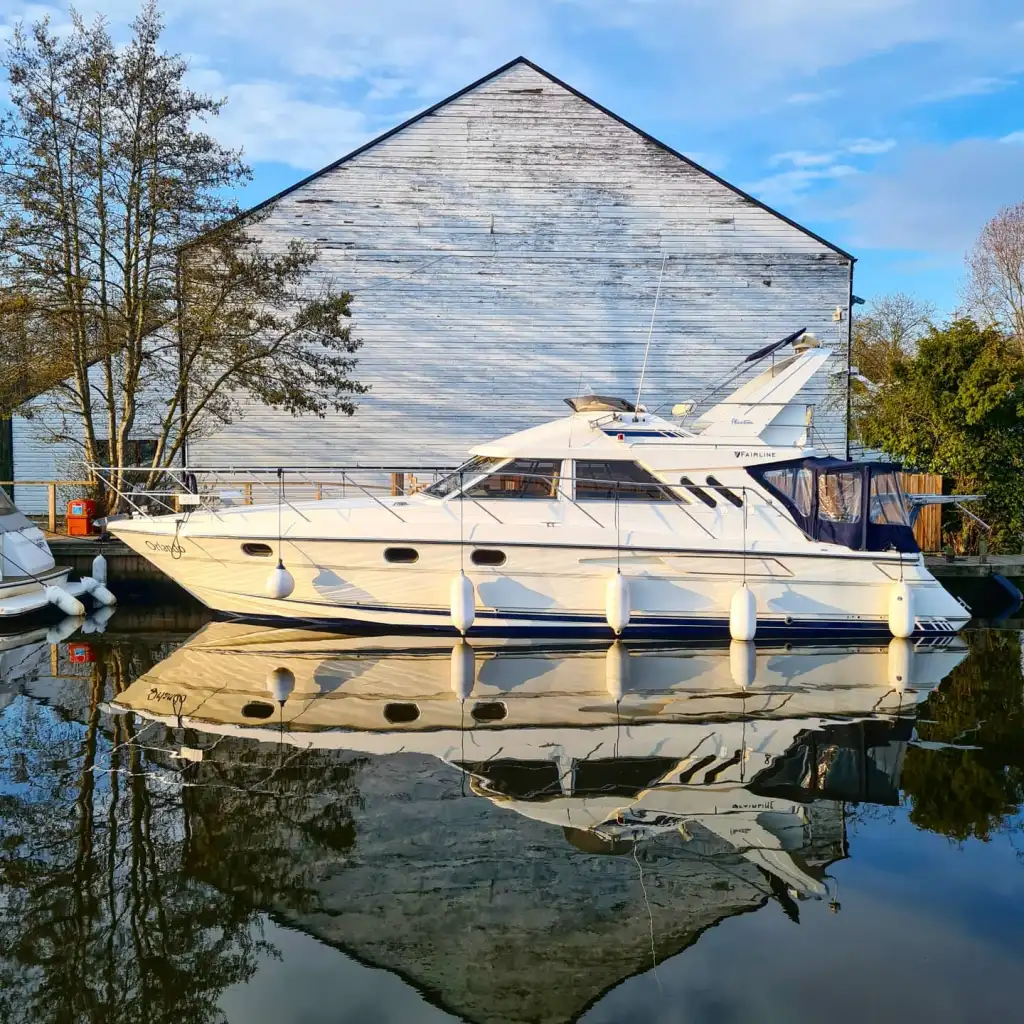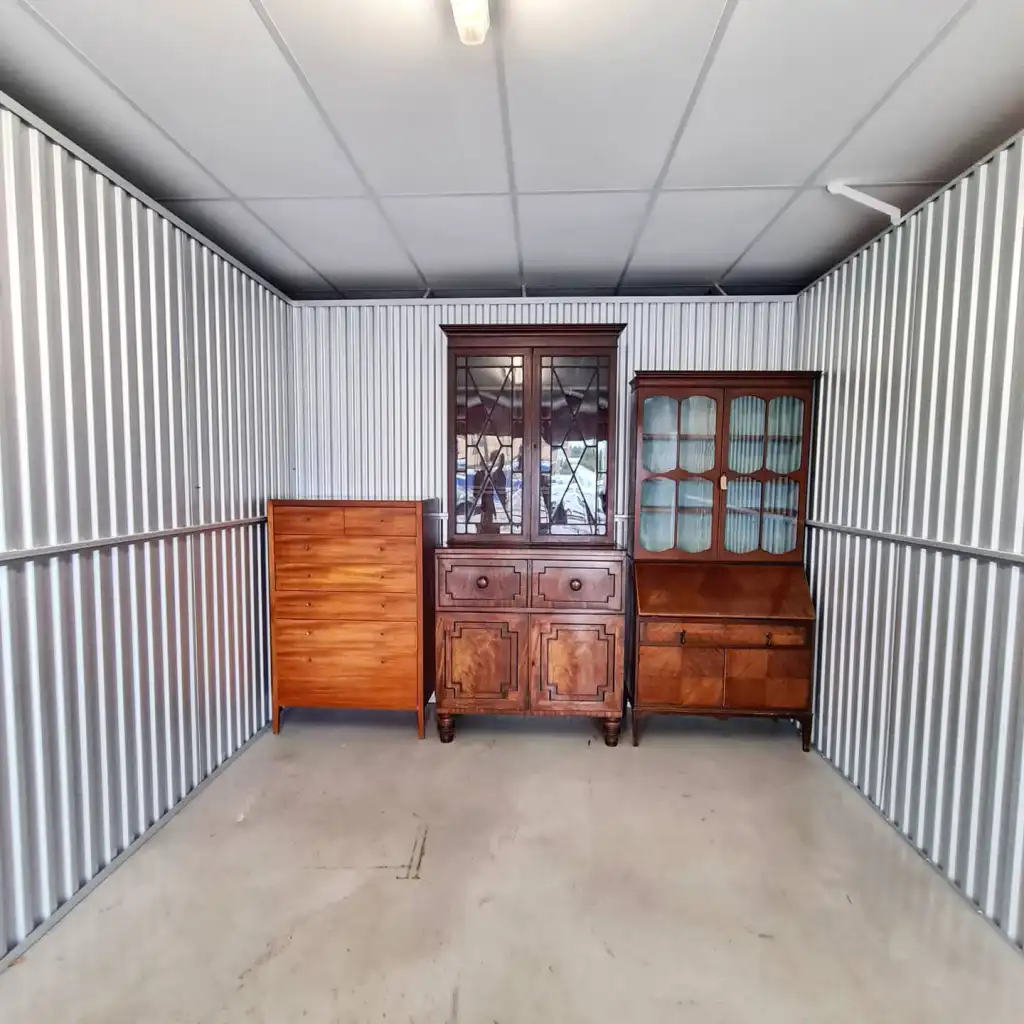[ 17:11 Thursday 15 July 2021 – Port D’Es Canonge, Mallorca ]
On the first of July, Alejandro and I arrived on the island of Mallorca with ten suitcases and two bicycles. After eighteen years in London, it’s time for a new adventure. We plan to stay here a year, possibly longer.
I’m writing now from the terrace of a house in Port D’Es Canonge, a tiny and inaccessible village on the island’s rocky north coast, where the air is filled with birdsong and the afternoon sun hangs drowsy in the sky. We’ll spend our first month here, whilst we hunt for somewhere to rent for the rest of the year.

Our arrival in Mallorca was the culmination of a six-month marathon, involving the reorganisation of almost every aspect of our lives. It started in December 2019 when we were given six months’ notice to leave Old Ford Lock, my home in London since 2013. It was a heavy blow, but it prompted us to think about what our next step could be.
For several years a plan had been gestating in The Trampery to establish a rural workspace somewhere in the Mediterranean. Faced with the loss of our London home, Alejandro and I decided to move away and try to realise the project. The experience of the corona lockdown demonstrated I can do most of what I need to do to run The Trampery remotely; via email, phone and video conference. However I still need to attend occasional site visits and meetings face-to-face, so a continuing base in London was vital.
After circling through various ideas, the option we settled on was to rent a house in the Mediterranean, and buy a boat as our London base. Meanwhile having assessed several Mediterranean destinations for The Trampery project, Mallorca emerged as the most promising location. The clock was ticking. We had six months to close up Old Ford Lock, put our belongings into storage, buy a boat and find somewhere to live in Mallorca.
Therefore in the second week of January we started going to visit boats that were up for sale. At first we focused on widebeam canal boats. Then we started looking at Dutch barge conversions. Finally (with a nudge from my father) we progressed to motor yachts, which seemed to be more spacious, lighter, less maintenance-hungry, and more fun on the water.
None of the boats we looked at in London were suitable, so we expanded the search and started visiting boats on the upper Thames; then the River Roach and the River Crouch. When we still didn’t find anything we liked, we broadened the search further to include the whole of Southern and Eastern England.
On 17th March I took the train to Brundall in Norfolk to look at two boats on the river Yare. The first had 2,000 hours on the engines and looked absolutely clapped out. However the second was exquisite, on a different level from anything I’d seen previously. The boat was a Fairline 41/43, built in 1991 in Oundle, powered by a pair of 375 horse-power Caterpillar diesels.
It had a spacious saloon with seating for seven, two comfortable cabins, a well-equipped galley, plus outdoor seating in the cockpit and flying bridge. It was evident that throughout the boat’s thirty-year life, each of its owners had lovingly maintained it, whilst investing in a string of upgrades. These included top-of-the-range navigation technology, a powerful heating system for the winter and an excellent sound system. The boat was beautifully built, with a light oak interior and lots of 90s design touches. Back in London that evening I went through the photos with Alejandro. He thought it was perfect. The next day we made an offer, and by the end of the day it had been accepted.

Now began a hectic burst of activity. I sought recommendations for local boat surveyors; got quotes; engaged one; organised for the boat to be lifted out of the water; scheduled a trial run on the river. The surveyor’s report gave the boat a clean bill of health. On 15th April I transferred the remaining payment and the boat was ours.
This triggered a second burst of activity. I sought recommendations for an engineer to install a holding tank; got quotes; engaged one; organised for the boat to be lifted out of the water again, so the hull could be painted with anti-fouling; ordered a new anchor chain, after a byzantine process to establish what variety would fit the windlass. Meanwhile Alejandro and I assembled a list of 80 possible names before settling on “Orlando”.
Owning a boat wasn’t going to be much use unless we had somewhere to moor it. Alejandro and I systematically visited every dock, marina and pontoon within spitting distance of London. The one we picked was St Katharine Docks. Constructed by Thomas Telford in 1828, this was London’s most central commercial dock, until its closure in 1968. Then in the 1980s it was redeveloped as an urban marina, surrounded by restaurants, shops, offices and housing.
St Kats’ location next to Tower Bridge and the Tower of London, with the City’s towers looming above it, has an air of unreality. However bearing in mind its central location, the dock itself it is a haven of tranquility. Normally there’s a waiting list of years to get a berth, but because of the corona pandemic several people had shifted their boats away from London, and to our amazement a couple of slots were available. We grabbed one before the situation changed.
The next task was to bring Orlando down from Brundall to London. This would involve a first leg through the Norfolk Broads, a second leg down the North Sea then a third leg up the Thames Estuary. I bought the relevant charts and pilot books and started studying them. However it soon appeared this might all be in vain.
There are only two points where one can exit the Norfolk Broads and get out to sea: at Great Yarmouth and Lowestoft. Each route involves opening a swing-bridge that carries the railway line, allowing boat traffic to pass. However when I called the Broads Authority to make the necessary arrangements, they informed me both railway bridges were currently out of commission for repairs, and it might be six months before they were operational again. They were very apologetic, but said the only way I could get Orlando to London would be transporting it by road!
Fortunately at this point I was introduced to someone who’d been boating in Lowestoft all their life. They asked me how high the boat was, pondered my answer a few seconds, then said we might be able to squeeze under the railway bridge without opening it, so long as we timed it exactly at low tide. There was no guarantee this would work, but it seemed like our best shot to get Orlando to London, so we decided to give it a try.
On 15th May I cast off the lines at Brundall and set off down the River Yare, accompanied by my friend Sara, an expert sailor. We had a few hairy moments, provoked by my total inexperience with twin-prop motor vessels, but thankfully we managed to avoid doing too much damage. At 3.30pm we reached Oulton Broad where we tied up and waited for the lock. At 4.30pm we passed the lock, our Lowestoft skipper came aboard, and we tied up again to wait for low tide.
At 6pm we judged the tide was as low as it was going to get, untied and started creeping towards the railway bridge as slowly as possible. Initially it wasn’t clear whether we’d make it, but as the radar mast came up to the bridge there was 20cm of clearance. Everyone heaved a huge sigh of relief as we passed under the railway lines and out the other side. We carried on through Lowestoft harbour, then moored at the Royal Norfolk and Suffolk Sailing Club overnight.
The next morning we pulled out of Lowestoft at 7am with a clear sky and a calm sea, dodging a flock of maintenance boats heading out to service the North Sea wind farms. It was my first chance to open up Orlando’s throttles. As we passed fifteen knots the hull lifted in the water and we began to plane across the waves. Twenty knots, twenty-five knots, twenty-eight knots. I set the autopilot and started checking that everything was working correctly.

The passage down the coast and up the Thames Estuary was one of the most exhilarating experiences of my life. The boat performed magnificently. At 4pm, an hour ahead of schedule, we reached Tower Bridge and the lock gates opened to welcome us into St Katharine Docks. Half an hour later we were tied up on the berth. The first piece of the jigsaw was in place.
The next task was to make a dramatic reduction in my household belongings. Towards the end of May I started photographing bits of furniture and listing them on eBay. Over the following month I managed to sell a five-seater sofa, a three-seater sofabed, an enormous handmade Persian rug, a set of four Danish mid-century dining chairs, a set of six English mid-century dining chairs, a pair of oak carver chairs, a pair of oak wheel-back chairs, a pair of wicker armchairs, a teak extending dining table, a Victorian mahogany chest of drawers and an Edwardian inlaid chest of drawers. With a heavy heart, I also sold the Yamaha upright piano which had been my daily companion for thirteen years.
Alongside the eBay listings, Alejandro and I started giving away anything that wasn’t saleable for free in the Hackney Wick community, and throwing away sacks and sacks of stuff that nobody would want. I went through all my clothes and donated half of them to a charity shop.
As well as reducing our belongings, we also needed to organise somewhere to store what remained. Alejandro researched hundreds of storage units across London and South-East England, finally settling on a business in Romford. At the start of June we began packing everything that was left in the house into cardboard boxes, piling them up around the house like geological formations.

On 20th June two Brazilian movers took the largest items of furniture along with our books and pictures to the unit in Romford. Then on 27th June a team of three Pakistani movers took everything else, and to our immense relief managed to squeeze it all in. The second piece of the jigsaw was in place.
On 29th June we took a van with variety of clothes, kitchen equipment and books to Orlando in preparation for it to become our London home. On 30th June Alejandro and I handed over the keys to Old Ford Lock and closed the towpath gate for the final time, concluding this stage of our lives. I walked down the towpath without looking back.
We took a taxi to St Katharine Docks in silence, both lost in our thoughts. The rest of the afternoon was spent finding places to stow everything on the boat. That night we went to sleep on Orlando, for the first time as our London home.
At 4am on 1st July 2021 we woke up and set off with our cases for the airport. A new adventure was beginning.
: c :
